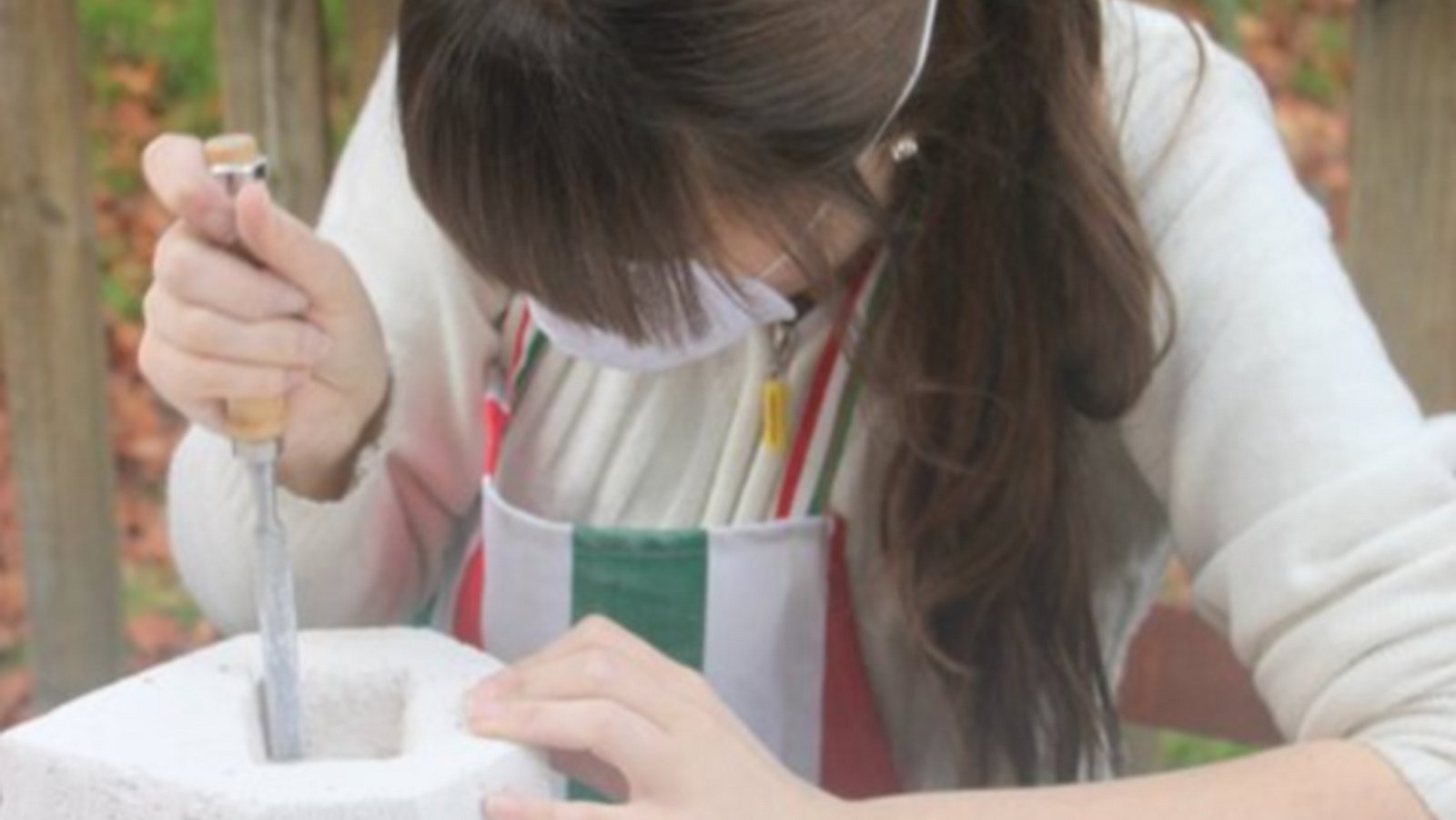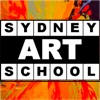How We Structure Our Classes and Why?

School Student Art Course Framework and Philosophy
At Sydney Art School our goal is to nurture and develop the artistic talent and creativity of your children.
We do not compromise the quality of the artistic instruction for school student artists because they are children. We view them as "artists in training" who need guidance, instruction and practice on specific aspects of art.
Each School Student Course is carefully structured to address the 3 fundamentals areas that are needed for the complete development of any skill, namely ...
- Do I Understand What to Do? This part of the course provides the theoretical knowledge and historical context of the artistic skill being studied.
- Can I Apply My Understanding to Practice? This is the part of the course is where your child applies and develops the art skills being taught. Techniques and practices are developed across a broad spectrum of styles, subject matter and media.
- Do I Enjoy What I am Doing? How does the student artist feel "connected" with their work? Is there a message to the art that they are producing? The more a student enjoys their art the faster will be their progress.
Each School Student Course is planned over a school term. During each term the student will create one major art work in addition to drawings and paintings produced during the weekly lessons.
Materials, Resource Kit & Visual Diary
Resource Kit. Each student will need their own paints & brushes and drawing materials. These are used during class but also enables them to explore art outside of normal calss times. A resource kit containing good quality items is available for purchase at a discounted price.
Visual Diary. Students will need their own visual diary. It is a fundamental part of of the development of artistic structure. The visual diary also provides a a record of drawings, exercises and ideas explored during their time at Sydney Art School. The resource kit also includes a visual diary.
Materials Provided. Where required - specialised materials are provided by Sydney Art School. An example of this is for class that involve print making or sculpture. Students do not need to purchase these.
Weekly Lesson Structure
Each weekly lesson will typically have the following components;
- A Seeing Exercise - Instruction on how to "see" like an artist and a practical exercise to develop the skill.
- A Drawing Exercise - Instruction on a drawing technique and practical exercise.
- A Painting Exercise - Instruction on a painting technique and practical exercise
- A Context Discussion - Discussion of the historical context relevant to the exercisesSupplementary Material
- Personal review with the tutor
Other Educational Practices
Group Sessions to Accelerate Learning
Small group sessions are a particularly effective way to accelerate learning. This is because in a group setting the tutor can point out when a particular student does something well (for example a drawing technique such as shading) or how to overcome a certain challenge (for example how to mix paints to get a certain colour).
In this way many individual learning experiences are shared by the whole group.
In addition school students in particular learn by "modeling" or learning from others how they do things. A group setting provides many opportunities for students to "model" techniques used by their peers as well as by the tutor. The "accelerated group learning effect" works best in group sizes group sizes between 6-12 students.
Development of Professional Studio Practices and Working at an Easel
An important part of the development of a student artist is developing professional practices on how to use the "tools of the trade". At Sydney Art School the students work in professional studio facilities using the same equipment as provided to our adult students.
One important aspect is learning how to work at an easel rather than on a table. We encourage our students to work at an easel for drawing and painting exercises. Although this may feel somewhat difficult at first - it is a fundamental skill for any artist.
Other professional practices taught include how to lay out the work area, how to present the work, and how maintain and clean brushes & palettes.
